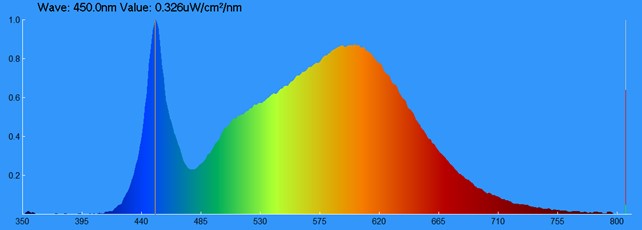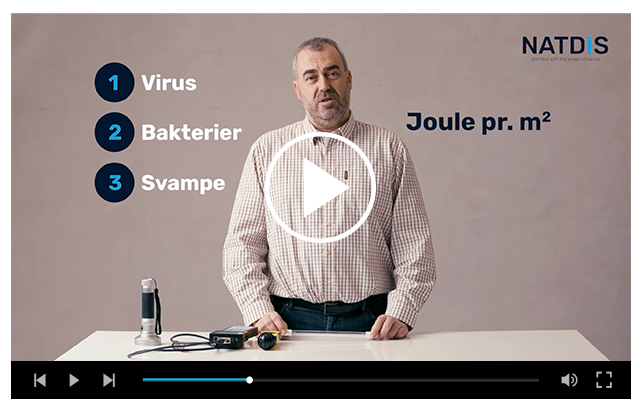UVC is a form of disinfection where you add energy to air, liquids or surfaces to destroy the DNA in e.g. bacteria, viruses or fungi.
UVC is a highly effective and well-documented form of disinfection, which is both contact- and chemical-free. The challenge is that the energy does not know the difference between the items we want to disinfect and other materials. Therefore, it can affect the materials that are nearby, in particular plastic materials.
The exposure with UVC can cause colour changes and change the surface, so the material cracks or dusts. Often the solutions can be made so the materials are shielded or replaced as part of the general maintenance long before the problem arise, and still be efficient against viruses and bacteria.
If you are worried about the risk of damage to the materials in your environment, we have the option to do an accelerated aging test of your materials. The materials are tested with an agreed dose of UVC e.g., can be equivalent to 5 or 10 years of use in your system.
Within a few days a dose of 10.000.000 j/m2 or more can be given, and control measurements are made of both the UVC level and colour change with a spectrometer. The test ends with a report on how the materials react to the UVC light exposure, and the subjects will be returned to your own assessment of the reaction.
Contact us for more information here

